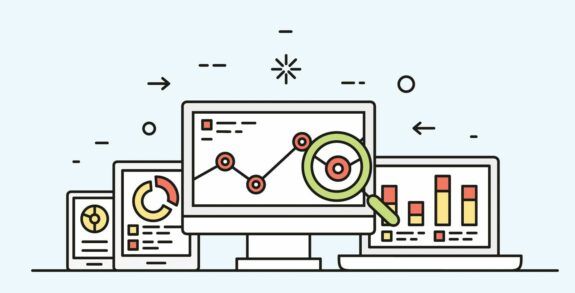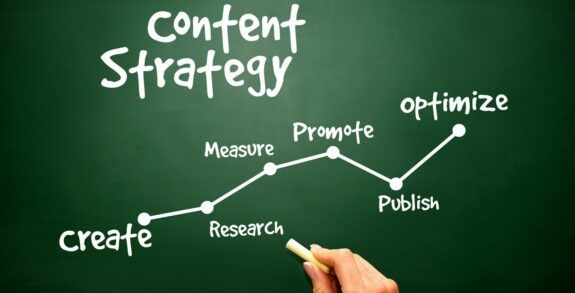What is the purpose of Content Planning?

What is the purpose of Content Planning? Is it really necessary for my website? Those are both great questions and as a top web design firm, we wanted to share our thoughts on the topic. While many people might view this as simply an organizational tool, there is actually much more that goes into it.
It’s all about familiarity
Familiarity is an important concept when it comes to conversions. There is a common psychology effect that takes place on the subconscious level where people develop a preference for things which they see more often. This is called the Familiarity Principle and has been effectively used to help increase conversions.
So it starts with the content which then leads to familiarity as people become more connected to your business and brand through the content. That familiarity, in turn, leads to trust, which is another important aspect of gain conversions. That trust leads to increased conversions which in turn equals more revenue.
When you look at conversions from this perspective, it makes more sense why you might want to prioritize content planning to ensure your content is consistent and breeds familiarity.
Content is multifunctional
For many, the idea of content is related to customer acquisition. This is true especially on the B2B level where many buyers will view multiple pieces of content prior to reaching out to a sales representative. Of course, it plays a large part for B2C businesses as well as that content can create interest where none existed before.
Content is also extremely valuable for customer retention. It can be used to further incentivize customers or initiate additional purchases with other products and services that are offered.
Where does Content Planning fit in?
If your goals include creating familiarity, acquiring customers, and increasing conversions then you should be using content planning to help achieve those goals. While some people might prefer to wing it, in business things tend to be more efficient and produce better results when you take the time to plan out how you are going to get from Point A to Point D.
“A goal without a plan is just a wish.” ~Antoine de Saint-Exupery
Make no mistake about it; good content planning is a multi-step process. You might think, “How will I have time to actually create content when I am spending so much time just planning it?”
Relax, because that is a common misconception. The planning phase is really not that difficult once you get the hang of the process. Then it just becomes another step in your overall operation.
Content Planning 101
- Set the goal – Setting the objective is the first part of the process. Without a starting point to work from you will be running around like a chicken with your head cut off. Are you looking to create new leads? Are you trying to entice former customers to make new purchases? It is important to have a clear goal so that you can then direct the later steps with a better focus.
- Conduct research – This step is very important yet is overlooked by many businesses. You need to research the competition, non-competitive businesses within the industry, and your own website to make sure that your current content efforts will be unique or are at least improving on previous content. Remember to focus on the user and his or her needs, not just the business goals, when doing research.
- Determine the best approach – Ideally you are creating content for a variety of user personas along different stages of the sales funnel. What is the best approach going to be in each case? Tailor your content to the situation.
- Outline formats – There are a variety of formats for content from blogs to case studies to videos. Review the various formats that will work best in regard to the users you are trying to reach and then select only those which perform the best.
- Incorporate a content calendar – Content calendars are a very important part of content planning. It helps to know what is going to be produced when and for what purpose. For larger companies that produce a variety of content regularly, it is paramount that everyone is aware of what is being done. That way you won’t have overlap in regards to topics, content or even point of view within a topic.
- Develop content – Finally! The actual creation of content takes place at the appropriate time so that it is ready for distribution on its target date.
- Distribute content – After creation, the content still needs to be distributed properly to reach the target audience. This phase is equally important as development because if it never gets in front of the people it needs to be in front of, then your efforts will have been in vain. As part of the overall process, you should be aware of which platforms content will be distributed along with how you will notify people of the content posting.
- Analyze results – Last but not least, time should be taken to analyze your work. Ideally, you had benchmark numbers set ahead of time and now you can review analytics so see if you met goals or not along with looking for areas to improve.
The bottom line
The bottom line is that simply producing more and more content is not the most effective way to meet marketing or sales goals. The purpose of content planning is to help provide focused attention on the proper steps needed for the development and distribution of content that will resonate with users and then meet goals. Failing to do so typically leads to poor results. It is the difference between a marksman hitting the bull’s-eye consistently and a spray-and-pray method that only occasionally produces results.
Be sure to check back every week for great new Lounge Lizard blog articles.





